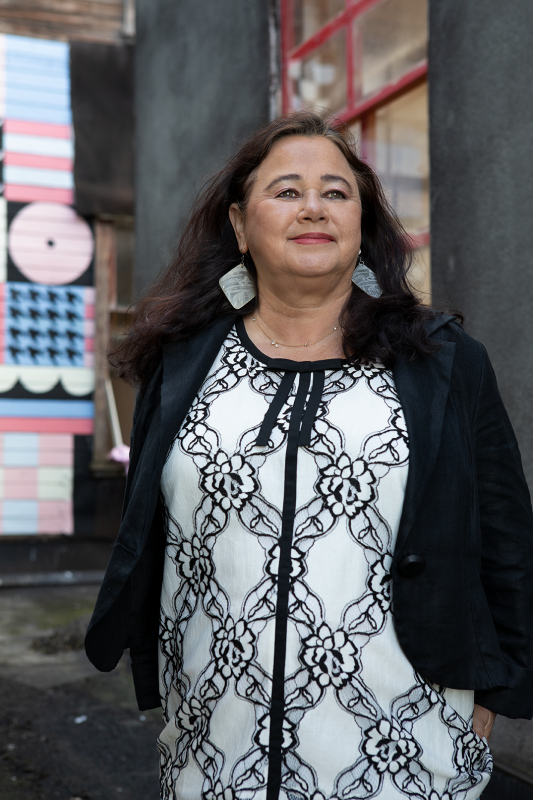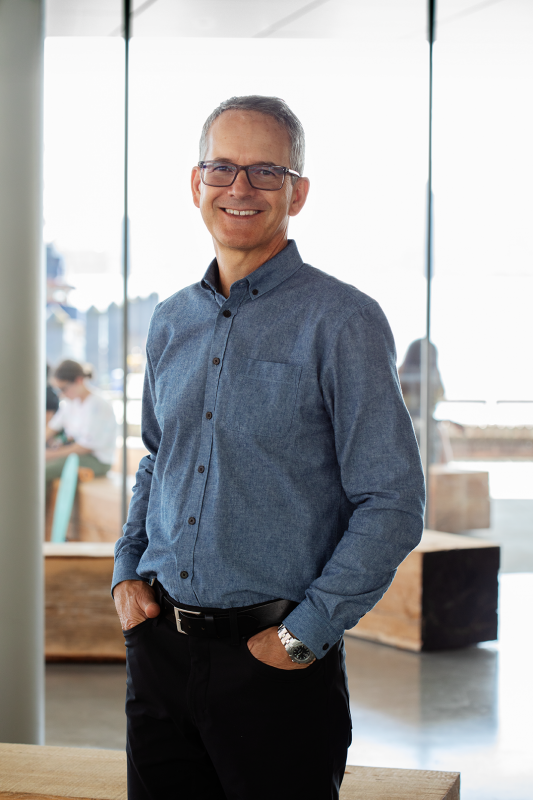
Behind the Scenes of Our Pandemic Response
November 10, 2020
WISH Executive Director Mebrat Beyene is one of the advisors that helped Vancouver Foundation grant $19.2 million in three months
Photos by Marina Dodis
“It’s profound how quickly funders can pivot when there’s a will and a need,” Mebrat Beyene says as she thinks back to long hours nights helping charities keep their doors open by answering requests for emergency funding.
Several days a week, she met with a team of community leaders to review applications for funding from Vancouver Foundation’s Community Response Fund (CRF).
One of the reasons Beyene was eager to volunteer with this committee was to offer her expertise on the complex and evolving pain points in Vancouver’s Downtown Eastside. Beyene is the executive director at WISH Drop-In Centre Society , which supports women in Vancouver’s street-based sex trade.
The Community Response Fund allocated more than $19.2 million in three months—an unprecedented granting feat at Vancouver Foundation
The CRF launched on March 18, just one day after a public health emergency was declared in British Columbia, with its first $3 million seeded by individual donors and founding partners Vancouver Foundation, Vancity , and United Way of the Lower Mainland .
The CRF’s first focus was supporting charities in health and social services working on the frontlines with people who were disproportionately impacted COVID-19 and its economic consequences. Shortly after, the CRF expanded to support organizations that promoted community recovery and resiliency, such as the arts.

Eastside Culture Crawl Society ’s Artistic and Executive Director, Esther Rausenberg (pictured above), was also a CRF advisor, and saw a role for herself in advocating for the arts. “It sets an example for others to come on board and look at what happens if we don’t support the arts. The community would be decimated.”
Core to making the CRF effective was making the process nimble. “Money was being raised as quickly as the committee was allocating it,” says Beyene. Charities applied for a grant by expressing interest and need in a short email. They could then use the emergency funding for anything they wanted—a welcome freedom that has enabled many to adapt to the evolving need that the crisis presented. This no-strings-attached funding helped to bridge a crucial gap early in the pandemic, though a long road lies ahead for many charities, organizations, and non-profits.
Vancouver Foundation relies on advisors like Beyene and Rausenberg to ensure that its funding priorities are in touch with what is happening on the ground. “The heart and soul of Vancouver Foundation is really the granting process and the engagement of the committee members,” says Tom Shepansky, Vancouver Foundation’s board chair and CRF advisor.
The CRF committee allocated more than $19.2 million in three months—an unprecedented granting feat at Vancouver Foundation. “We processed more applications at the beginning of COVID-19 than what they normally do in two years,” Rausenberg said.

Though many volunteer advisors were also experiencing personal hardships as a result of the pandemic, Shepansky says they also demonstrated admirable commitment, collaboration, and compassion.
“In times of crisis, it’s human nature to want to be part of the solution,” says Shepansky.
Wonder who else is on Vancouver Foundation’s granting committees? Go to Board & Committees page.
Interested in becoming a grant advisor with Vancouver Foundation? Keep an eye on our Volunteer Opportunities page for openings on our committees.

